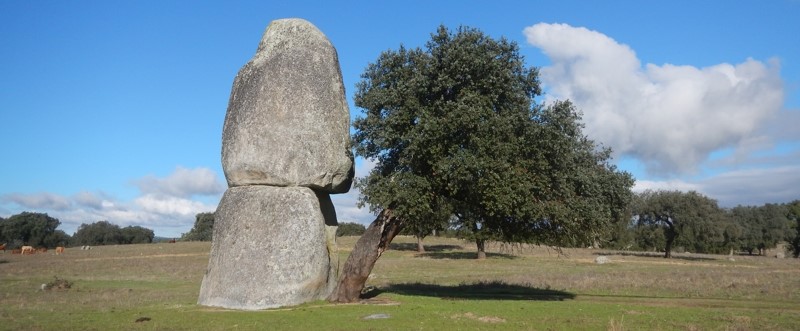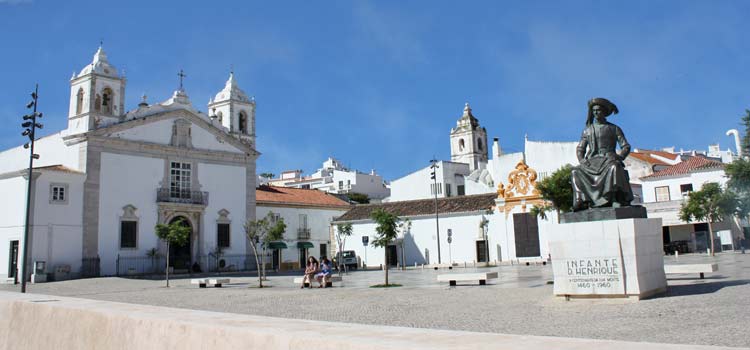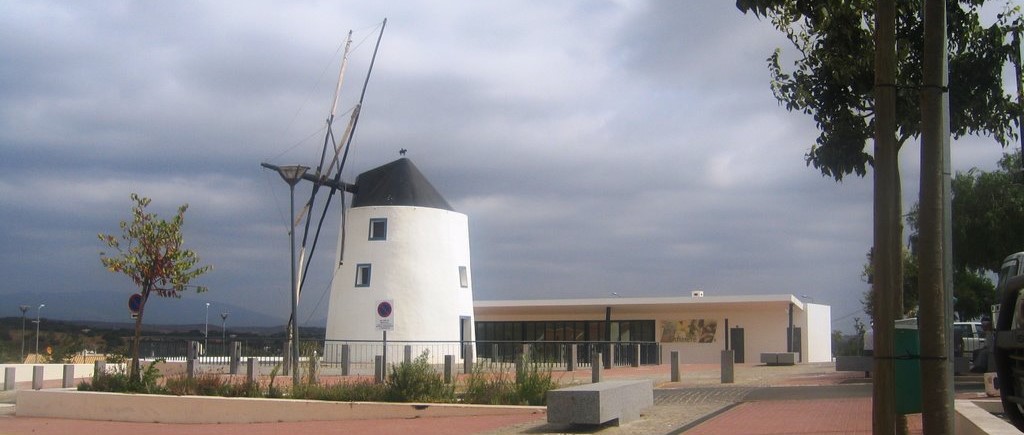19.08.2021
Lagos
Lagos is an ancient maritime town. The main economic activies are tourism and fishing. It is divided in to 4 Parishes: Bensafrim e Barão de São João, São Gonçalo, Luz and Odiáxere.
Useful contacts
Câmara
Paços do Concelho Séc. XXI –
Praça do Município,
8600-293 Lagos
Tel: 282 780 900
Web: https://www.cm-lagos.pt
Email: expediente.geral@cm-lagos.pt
Bombeiros
R. Bombeiros Voluntários de Lagos 112, 8600-548 Lagos
Tel: 282 770 790
Web: http://bvlagos.pt
E-mail:bvportimao@netcabo.pt
GNR
Largo d’Armas, 28, 8600 Lagos
Tel: 282 420 750
Bensafrim e Barão de São João
Is a civil parish in the municipality of Lagos, Portugal. It was formed in 2013 by the merger of the former parishes Bensafrim and Barão de São João. There are a few neolithic features here such as the Menhirs and Megaliths.

São Gonçalo
The current parish of São Gonçalo comprises of the histoic centre of the city of Lagos but also the towns of Portelas, Chinicato and Sargaçal among other smaller ones. It is full of monuments and works of art such as the triptych tile panel depicting Alcácer Quibir, The Statue of the Kings Dom Sebastião and Infante Dom Henrique.

Luz
The beach is associated with a very cosmopolitan summer village, once a very important fishing village, especially between the 17th and 18th centuries. The is fortress wall originally built to protect the Igreja da Luz from attacks by pirates from North Africa. The cliffs surrounding are limestone and marlstone, There is also very dark rock formation standing out in the landscape: it is called Rocha Negra, a volcanic vein from the Monchique mountain range that extendeds to the sea.
Odiáxere
Odiáxere is a small village surrounded by a great natural beauty. With archaeological vestiges since the Bronze Age. There are monuments such as the Mother Church with Moorish origins, an ancient bridge usually referred to as Roman, and a Windmill from the 19th century that also had defensive purposes.

